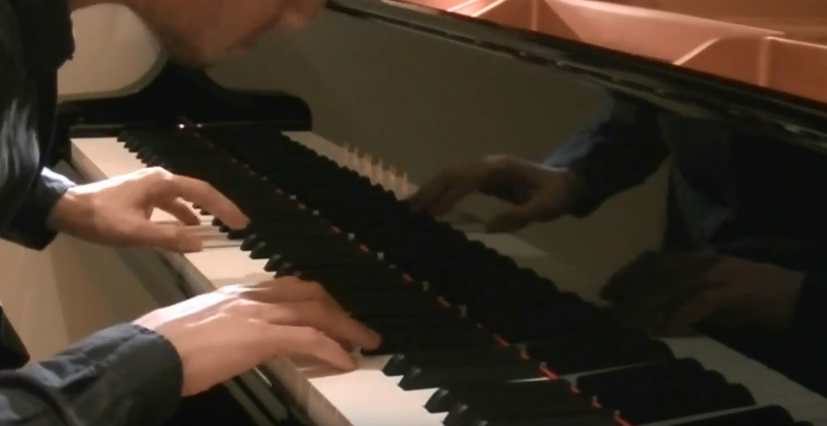Piano: The left hand
Piano: The left hand
Piano: The left hand
This text is oriented to help right-handed pianists. Left-handed pianists can understand it in reverse for left-handed pianists. We base these reflections on the article on WKMT’s blog Hand-settlement-and-Left-Hand
Do our hands behave in the same exact way when we play the piano?
Taking into account opposite-sides of our brain control our hands, we can infer they will show different behavioural characteristics. The key to the question remains linked to our brain functions. Our brain sides are not the same; therefore our hands will not behave in the same way.
People can think this is a disadvantage, but we see it as a source of creating wealth. Computers have “two hands” that behave in the same way, are they better? Well, they tend to be more accurate, but they are also certainly more boring. Some can say, they computerised performances are boring if the score does not contain enough information so they can play in an “interesting” way. However, let’s face it! Musical text, in general, doesn’t include all the information needed to make a performance interesting. The meta text, our musical assumptions and our “pianism” is what makes a performance interesting. In other words, we believe counting on super-precise hands does not defeat the possibility of counting on one hand that is precise and another one a bit more “creative” or even more “holistic”.
How does our left hand think?
The question should be, “how does our left-hand feel?”. Our right-hemisphere is the one in charge of controlling our left hand. It is also our tool to control our “holistic thoughts,” it is the one we use when we are creative and, most importantly for this analysis, it is the one that allows our musical awareness to arise.
The latter is the main point we want to make: our musical-awareness doesn’t relate to logic and scientific thought as much as it relates to creativity and the “holistic” thought. Our musicality is intrinsically related to our left-hand. It is a very happy coincidence that harmonies are built up from left to right. In this sense, the left hand is the one that will always provide the framing for what the right-hand is “saying.”
When we memorize material that is played by the left hand, we need to remember how it sounds, when we memorize material that is played by the right-hand, we need to learn how it behaves. There are entirely different approaches that collaborate with the same unique collaborative result: a creative, fresh but precise performance!
This article also relates to the one at Juan Rezzuto’s blog: piano-advice-positioning-left-hand

